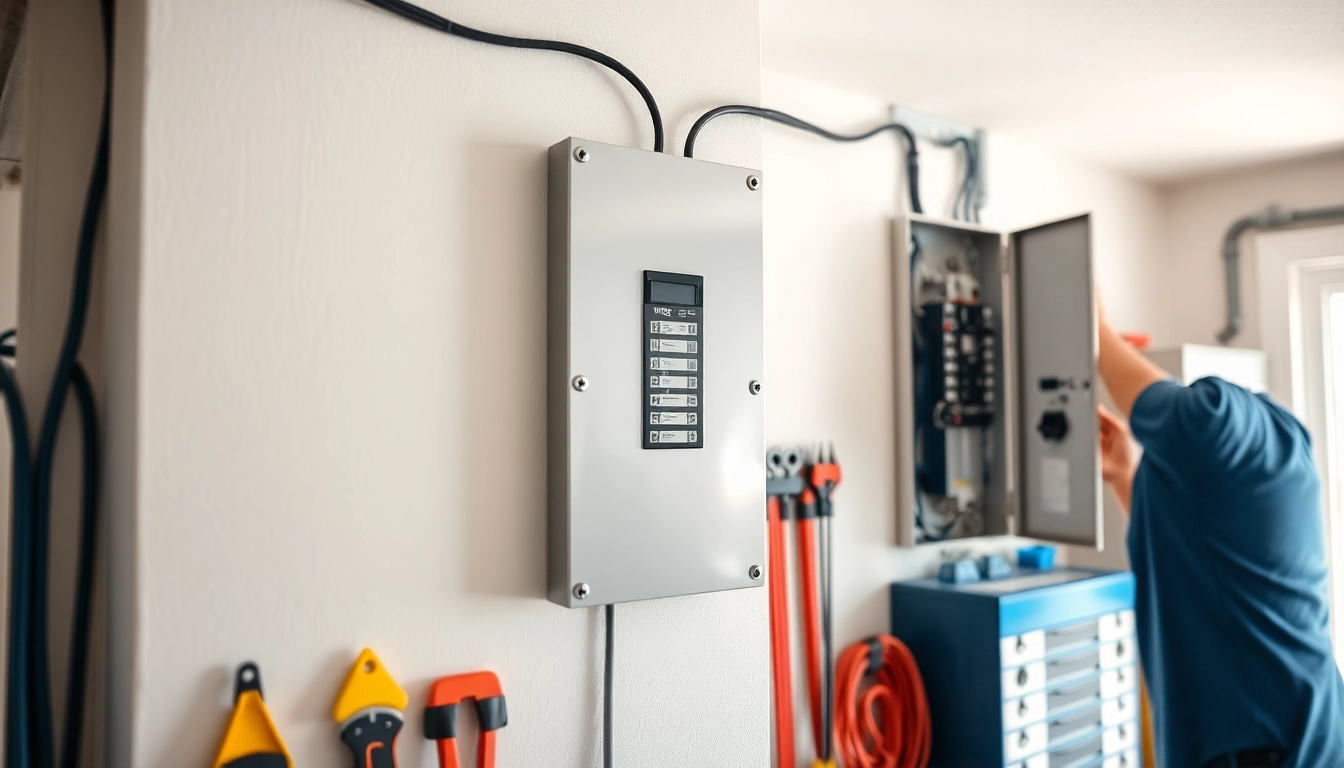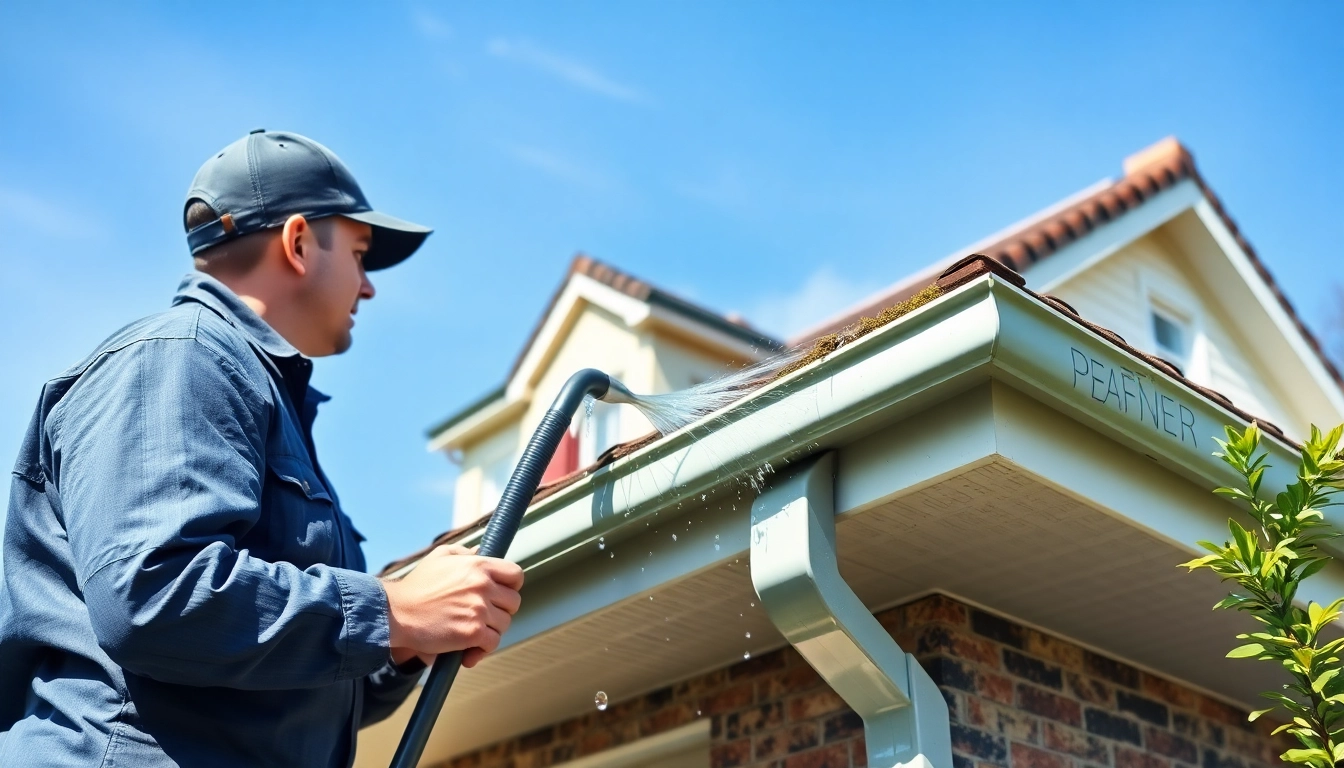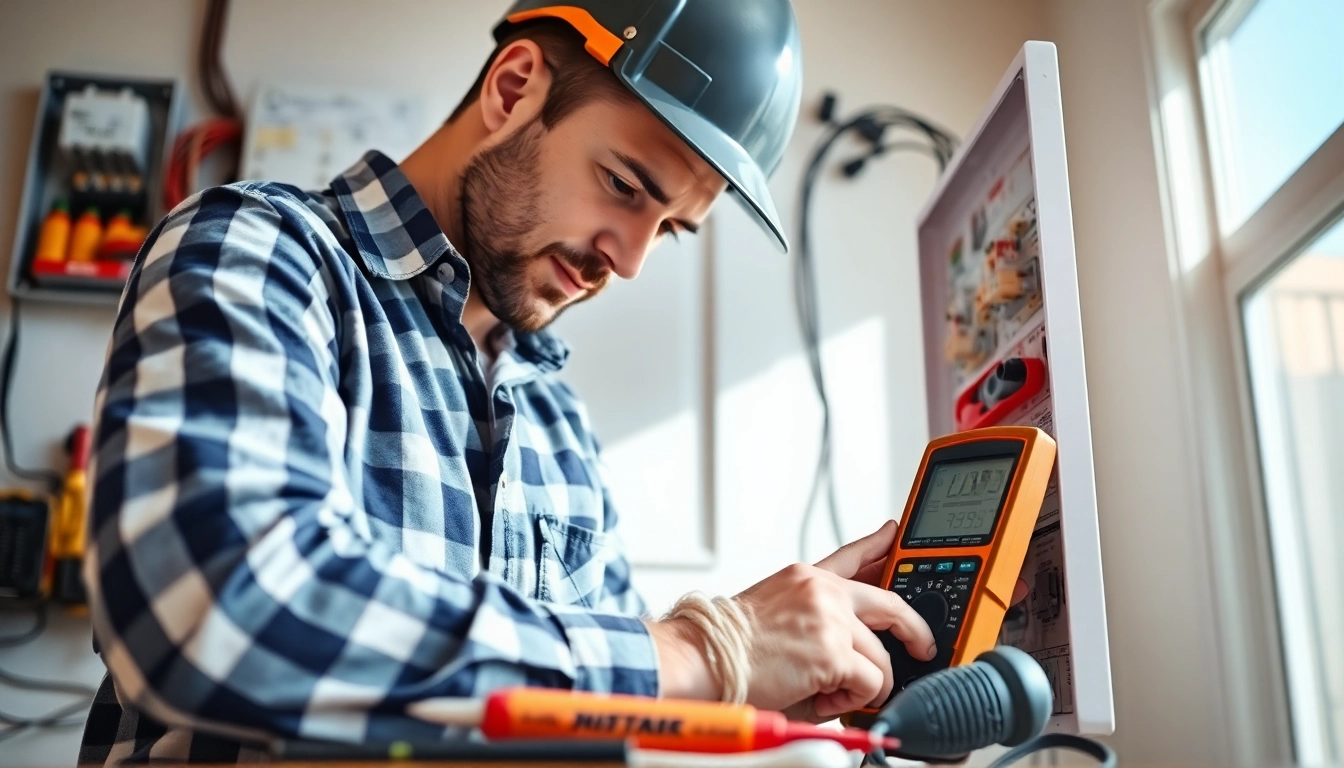Understanding the Electrical Panel: A Homeowner’s Guide
The Electrical Panel is often considered the heart of your home’s electrical system, but many homeowners don’t fully understand its significance. Whether you’re constructing a new home or assessing your existing electrical infrastructure, it’s crucial to have a solid grasp of what an electrical panel is and its role in your home. This section will delve into the core aspects of electrical panels, their importance, diverse types, and when to consider upgrading.
What is an Electrical Panel?
An electrical panel, also known as a breaker panel, distribution board, or fuse box, serves as a central point from which electrical circuits in your home are managed. It distributes electricity from the utility feed to various circuits throughout your home, ensuring that each circuit receives the appropriate voltage and current. As a key component of your electrical system, the panel houses circuit breakers or fuses, which protect your home from overloads and short circuits.
The Importance of an Electrical Panel in Your Home
The electrical panel is invaluable in maintaining the safety and functionality of your home’s electrical system. It performs critical tasks such as:
- Distributing Power: The electrical panel ensures that electricity is evenly distributed across various circuits, catering to everything from lighting to appliances.
- Protection: Circuit breakers within the panel prevent overloads and potential electrical fires by automatically shutting off power when current exceeds safe levels.
- Facilitating Maintenance: Having an accessible panel simplifies the process of troubleshooting electrical issues, allowing electrical professionals to quickly diagnose and resolve problems.
Types of Electrical Panels and Their Applications
There are various types of electrical panels designed to meet different electrical demands:
- Main Breaker Panel: This type serves as the primary distribution point for your home’s electrical system and is connected directly to the utility’s power supply.
- Sub Panels: Used to distribute power to specific areas of the home or to allow for additional circuits. Sub panels are useful in larger homes where the main panel may become overloaded.
- Transfer Switch Panels: These are specifically designed for homes with backup generators, allowing easy transfer of power source from grid electricity to generator supply.
- Smart Panels: These modern panels offer enhanced features like real-time monitoring and energy management, making them suitable for tech-savvy homeowners interested in energy efficiency.
Signs You Need to Upgrade Your Electrical Panel
As your family grows and your electrical demands increase, it may become necessary to upgrade your panel. Recognizing the signs that indicate when an upgrade is necessary can help you avoid safety hazards and enhance your home’s electrical capacity.
Frequent Breaker Trips: Why They Happen
If you notice that your circuit breakers frequently trip, this could indicate that your electrical panel is not equipped to handle your current power demands. Each breaker is designed to protect a specific circuit, and frequent tripping can signal overloaded circuits or faulty wiring. Upgrading your electrical panel may resolve these issues by providing better capacity and efficiency.
Lighting Issues and Power Outages
Dim or flickering lights can often be traced back to inadequate electrical supply from your panel. If these problems persist, they can suggest that your panel is either old or insufficient for your household’s demands. Additionally, unexpected power outages can be a symptom of panel issues, reinforcing the need for an assessment and potential upgrade.
Increased Electrical Load and Its Implications
As the number and power demand of home electronics rise—think home theaters, smart devices, and electric vehicles—an outdated electrical panel may struggle to cope. If you’ve installed significant new appliances, or if you plan to do so, consider evaluating your current panel’s amperage capacity. Upgrading to a panel with higher amperage can accommodate increased demand safely.
The Benefits of Upgrading Your Electrical Panel
Investing in a new electrical panel comes with numerous long-term benefits that enhance both safety and functionality:
Improved Home Safety
Using an older electrical panel can pose serious safety risks, including electrical fires caused by overloaded circuits. Modern panels are designed with advanced safety features that minimize these risks. An upgraded panel can adapt to today’s safety codes and practices, ensuring that your home is secure.
Enhanced Energy Efficiency
Newer electrical panels provide better energy management capabilities. This not only reduces the chance of overloads but also helps in optimizing energy usage throughout the household. This is particularly crucial in a time when energy efficiency is a growing concern for many homeowners.
Compliance with Current Electrical Codes
Electrical codes evolve, and older panels may not meet today’s safety standards. Upgrading your panel ensures compliance with current regulations, which is particularly important should you ever sell your home. Non-compliant systems can deter potential buyers and result in delays or fines from inspections.
How to Choose the Right Electrical Panel for Your Home
Choosing the right panel involves several considerations to ensure safety, efficiency, and future-readiness of your electrical system.
Understanding Amperage Requirements
Electrical panels come in various amperages, typically ranging from 100 amps to 400 amps. Determining the appropriate amperage depends on the size of your home and the electrical load required for your household. Consult with an electrician to assess your needs and recommend the right amperage to avoid overloads and electrical hazards.
Choosing Between Different Electrical Panel Brands
Not all electrical panels are created equal. Popular brands like Square D, Siemens, and Eaton offer different features, warranties, and design advantages. Researching each brand and consulting with electrical professionals can provide insight into the best option for your unique circumstances.
Consulting with Electrical Professionals
Engaging with experienced electricians can aid in navigating this process successfully. They can assess your current electrical system, advise on the best panel options, and ensure that the installation meets local electrical codes and regulations. Their expertise is invaluable in avoiding common installation disasters.
The Electrical Panel Upgrade Process: What to Expect
Upgrading an electrical panel is a significant project that involves several steps, each essential to ensure a safe and successful installation.
Initial Assessment by a Licensed Electrician
The first step involves a thorough assessment of your current electrical system, including your existing panel. The electrician will evaluate your energy consumption, inspect the wiring, and determine the condition of the electrical infrastructure. This information will inform the recommendation for the new panel type and size.
Installation Process Overview
The installation of a new electrical panel typically takes between four and eight hours and involves several steps:
- Turning off the main power supply to your home.
- Removing the old panel and disconnecting all the wiring.
- Installing the new panel and connecting it to the main power supply.
- Reconnecting circuits and ensuring that all connections comply with safety standards.
- Once everything is connected, restoring power and testing the functionality of circuits.
Post-Upgrade Safety Inspections and Maintenance
After installation, it is crucial to have a safety inspection conducted by the electrician to ensure that everything operates correctly and meets local codes. Routine maintenance should be scheduled to ensure continued performance and safety, minimizing the risk of electrical issues arising from wear and tear.



